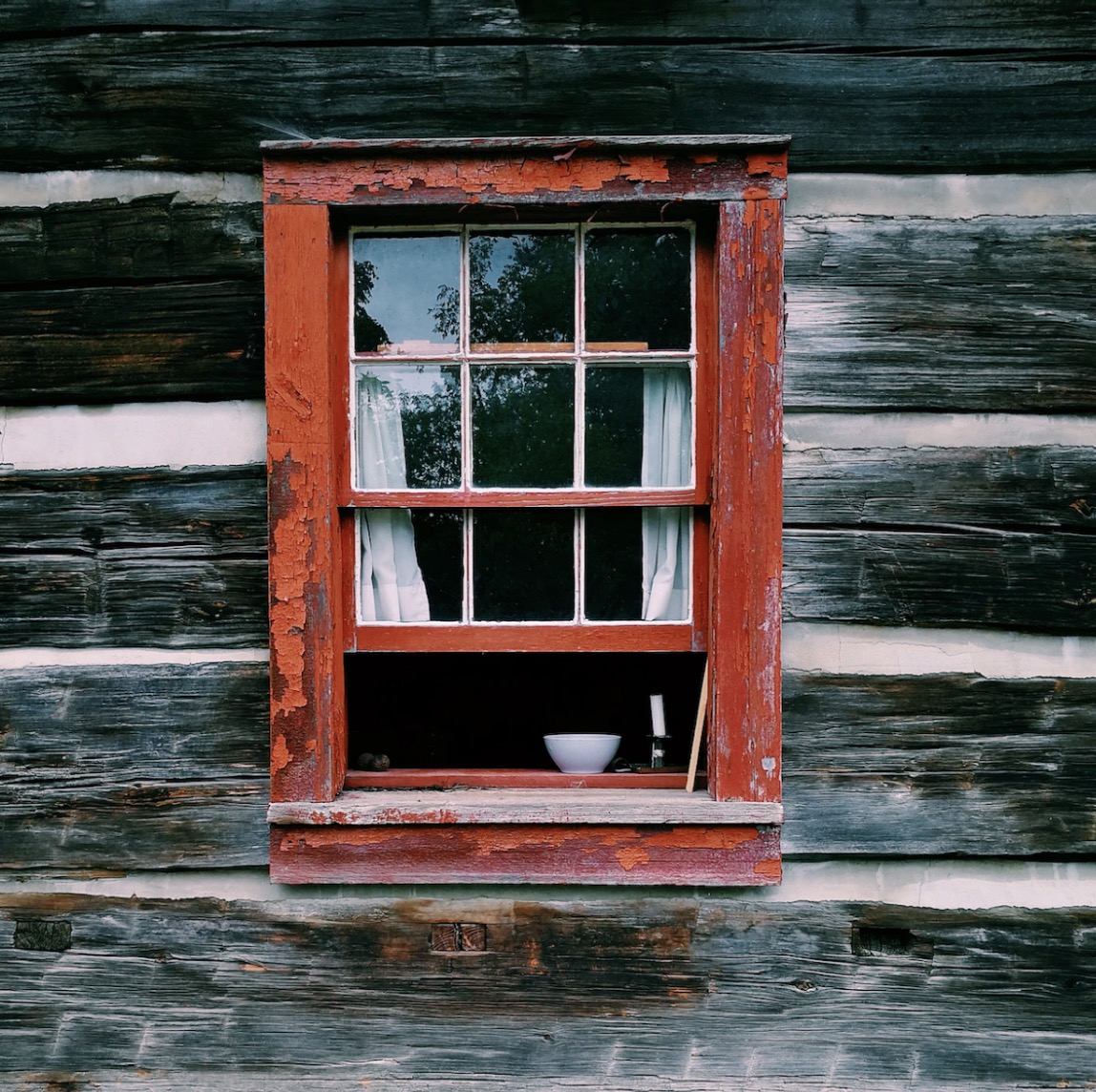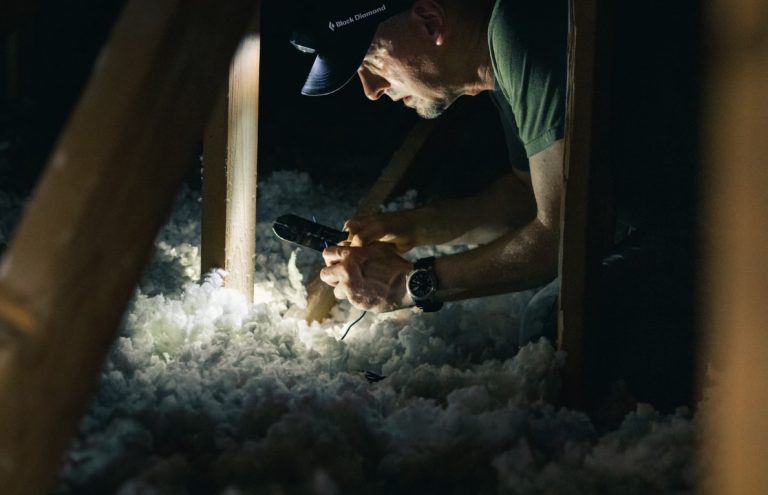For prospective homebuyers, the allure of a new-build property lies in its energy-efficient features that can lead to significant cost savings over time.
However, not everyone has the luxury of purchasing a brand-new home. Many homebuyers find themselves drawn to older properties due to their charm and character. More often than not, the market provides access to existing properties rather than new ones. As such. Older homes are often the only option available.
While these do offer a unique appeal, they often require additional investments to ensure energy efficiency and cost savings. These are the upgrades and fixes we recommend addressing in priority if you are buying an old home.
Story Stages
Upgrading or repairing the AC system
The air conditioning system needs to be one of the primary areas to focus on if you are looking for energy-saving strategies. Indeed, older AC units tend to be less energy-efficient and may consume more power than necessary. So, it is a good idea to reach out to an expert for specialist air conditioner repairs, especially if you are dealing with an older model. Servicing and maintaining an old unit could help identify essential repairs or replacement needs. You may not necessarily need to change the whole AC system. Sometimes, replacing worn out motor parts can make a great deal of difference already!
Upgrading the insulation
Insufficient or outdated insulation is a common issue in older homes. Proper insulation plays a crucial role in maintaining a comfortable indoor temperature while reducing the need for constant heating or cooling. Did you know that inadequate insulation can lead to heat loss during winters and heat gain during summers? This forces your heating system and air conditioning unit to work harder and consume more energy.
If you are unsure how to proceed, it can be a good idea to start with an insulation audit with a specialist who can assess the current insulation levels and needs in your home. The areas that need upgrading in priority are generally the attic and the basement. This can also make a huge difference in energy efficiency.
Switching to double-glazing
It is hard to believe that not every American home is fitted with double-glazing windows. Yet, single-pane windows are common in older properties. Unfortunately, these are an insulation nightmare as they allow heat to escape during cold weather, or to come in during the hot season. While changing your windows may seem like a high initial investment, it will significantly reduce drafts and improve the thermal performance of your home.

Upgrading the boiler
How old is your boiler? Typically, old properties do not change the boiler before going on the real estate market. So, you might buy a house with a boiler that has already several decades of use.
An old and inefficient boiler will be a huge drain on energy resources and finances. So, the first thing you want to do is get a professional boiler assessment to figure out whether it is worth replacing. You can benefit from financial incentives to reduce the overall cost of a modern and energy-efficient boiler.
Buying an old property may come with initial costs to make it energy-efficient. So, while it may appear initially cheaper than a new-build, it may not always be the case. That being said, old properties can be upgraded with energy efficiency in mind. So, make sure to always conduct an energy audit before making a price offer.
